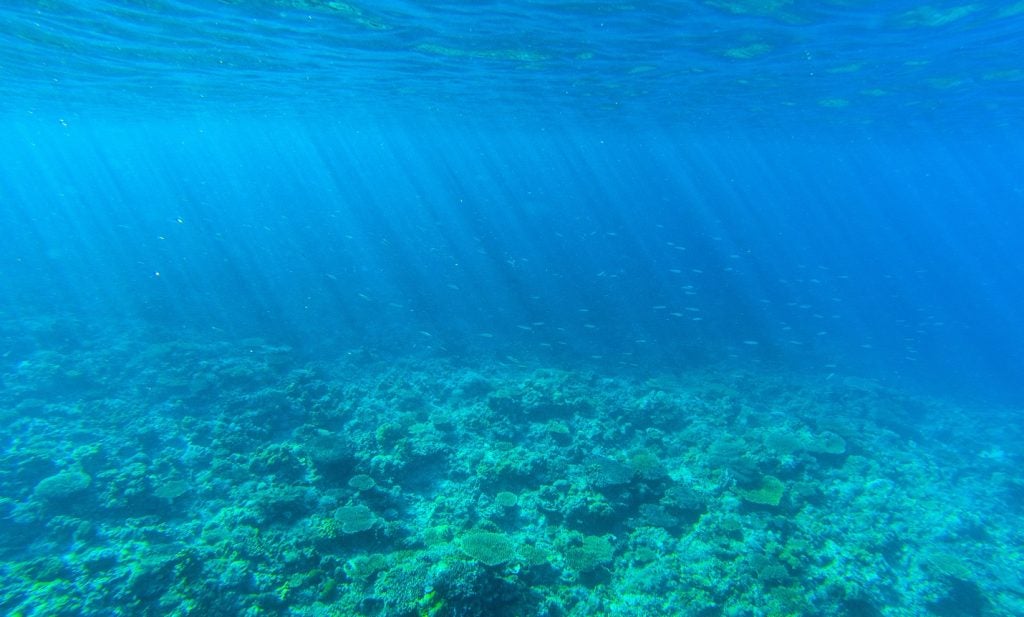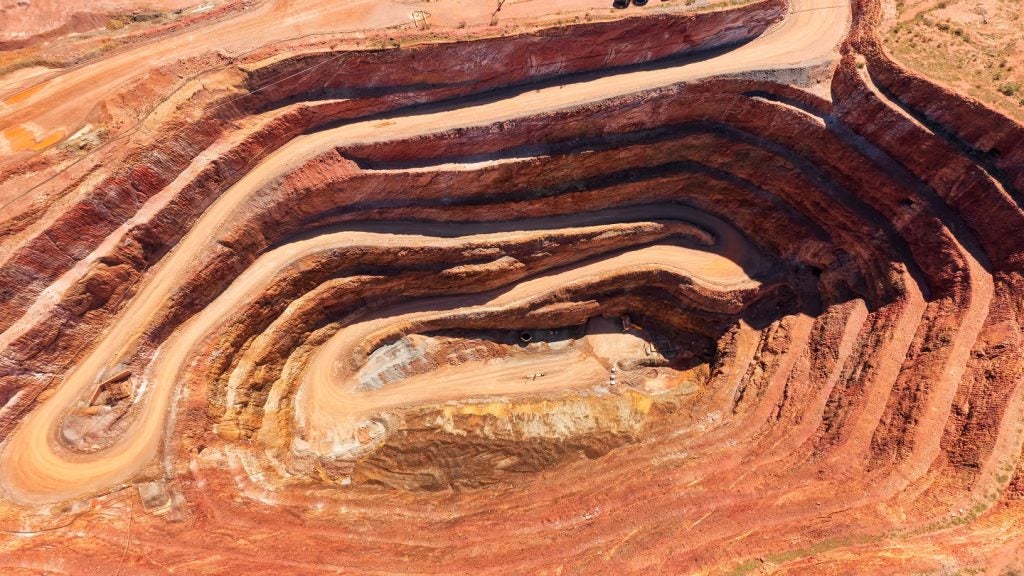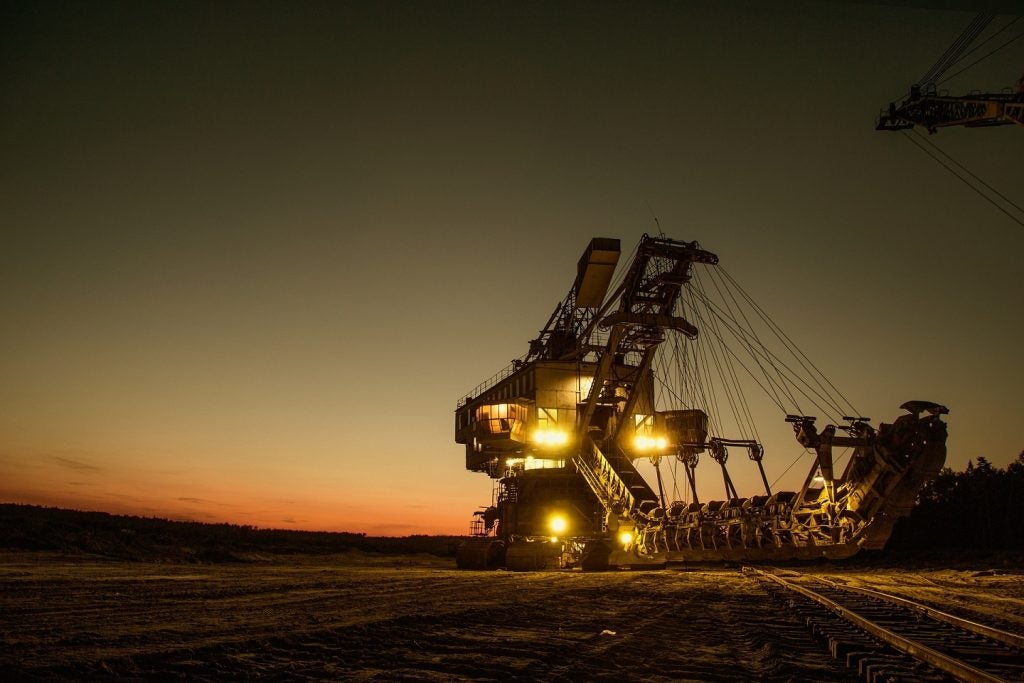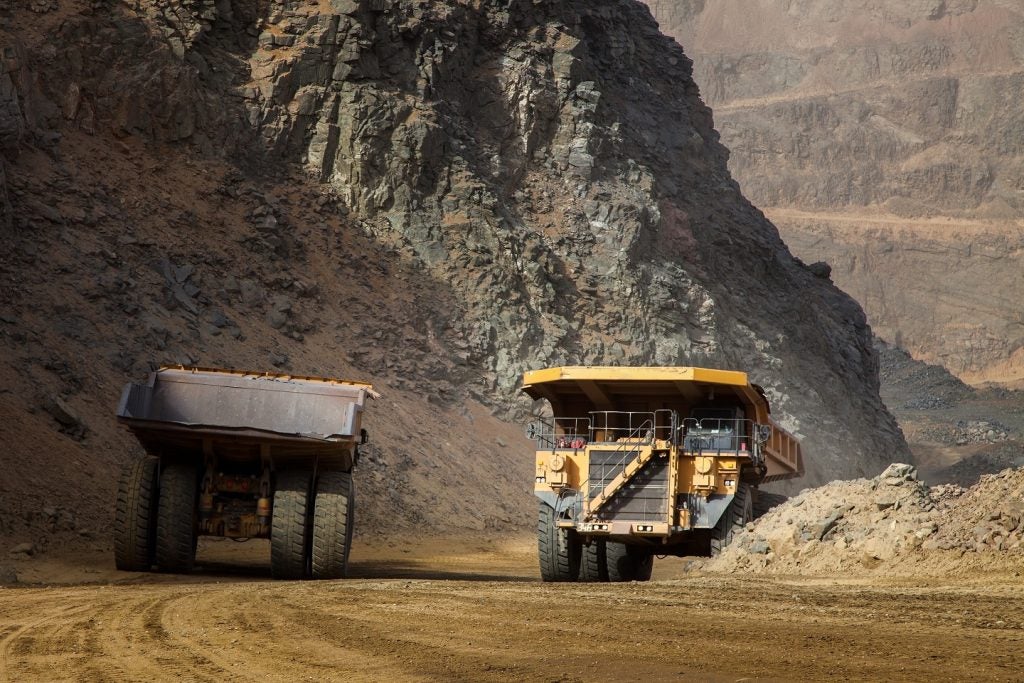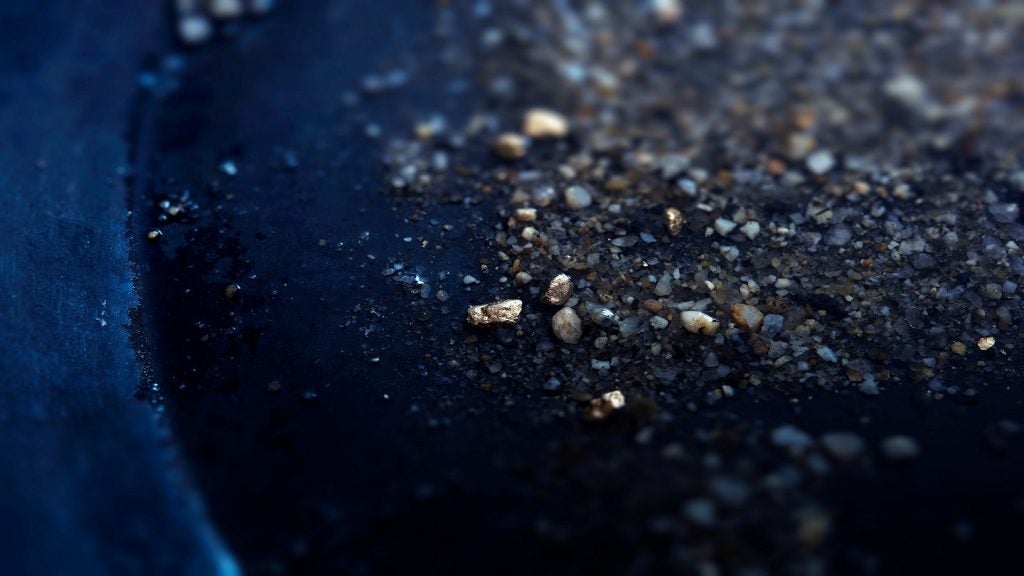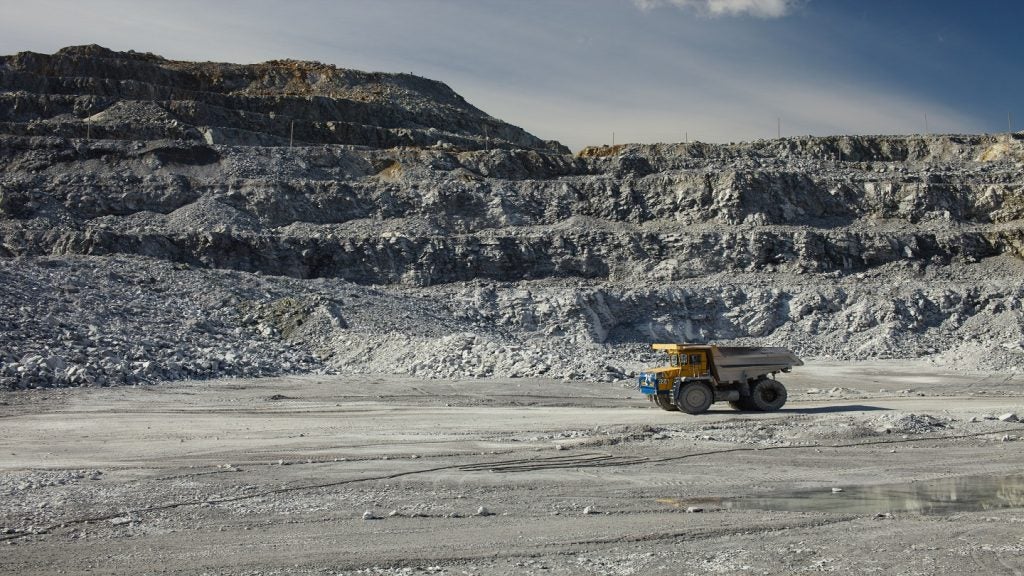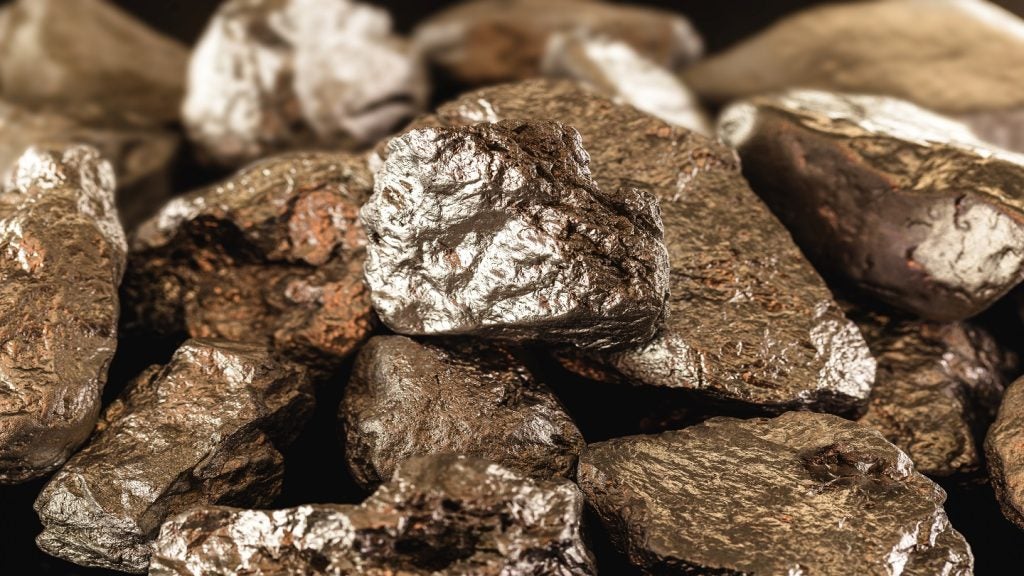The Norwegian Ministry of Energy has announced its plan to award exploration permits for Arctic seabed mining by the first half of 2025.
Earlier this year, Norway's parliament approved commercial plans to open the Arctic Ocean to seabed mineral exploration.
Claimed to be rich in sulphide and manganese crusts, the area for exploration, which is larger than the UK, is situated between Norway and Greenland.
This region potentially holds up to 45 million tonnes (mt) of zinc and around 38mt of cobalt, as per a paper released by the government last June.
The Norwegian Government has selected 386 blocks for the initial licensing round, which constitutes around 38% of the total area approved by parliament.
Norway Minister of Energy Terje Aasland said: “The world needs minerals for the green transition, and the government wants to explore if it is possible to extract seabed minerals in a sustainable manner from the Norwegian Continental Shelf.
“This announcement is an important next step in the management of our seabed mineral resources. Environmental considerations are taken into account in all stages of the activities.
“Today, we are presenting our proposal for areas to be announced in the first licensing round for seabed minerals for public consultation. We plan to award licenses in the first half of 2025.”
However, the move has faced criticism from environmental groups such as the WWF and Greenpeace, which have raised concerns about the impact on marine ecosystems, reported Reuters.
The plans for seabed mineral exploration have also encountered international opposition, including from France.
Recently, the Council of the EU raised concerns over Norway's seabed mining plans, emphasising the importance of a thorough impact assessment before proceeding.
However, the Norwegian Government maintains that the initial exploration stage will minimally impact marine life.
It has assured that separate consents will be required for any production activities, ensuring that environmental considerations are addressed.


